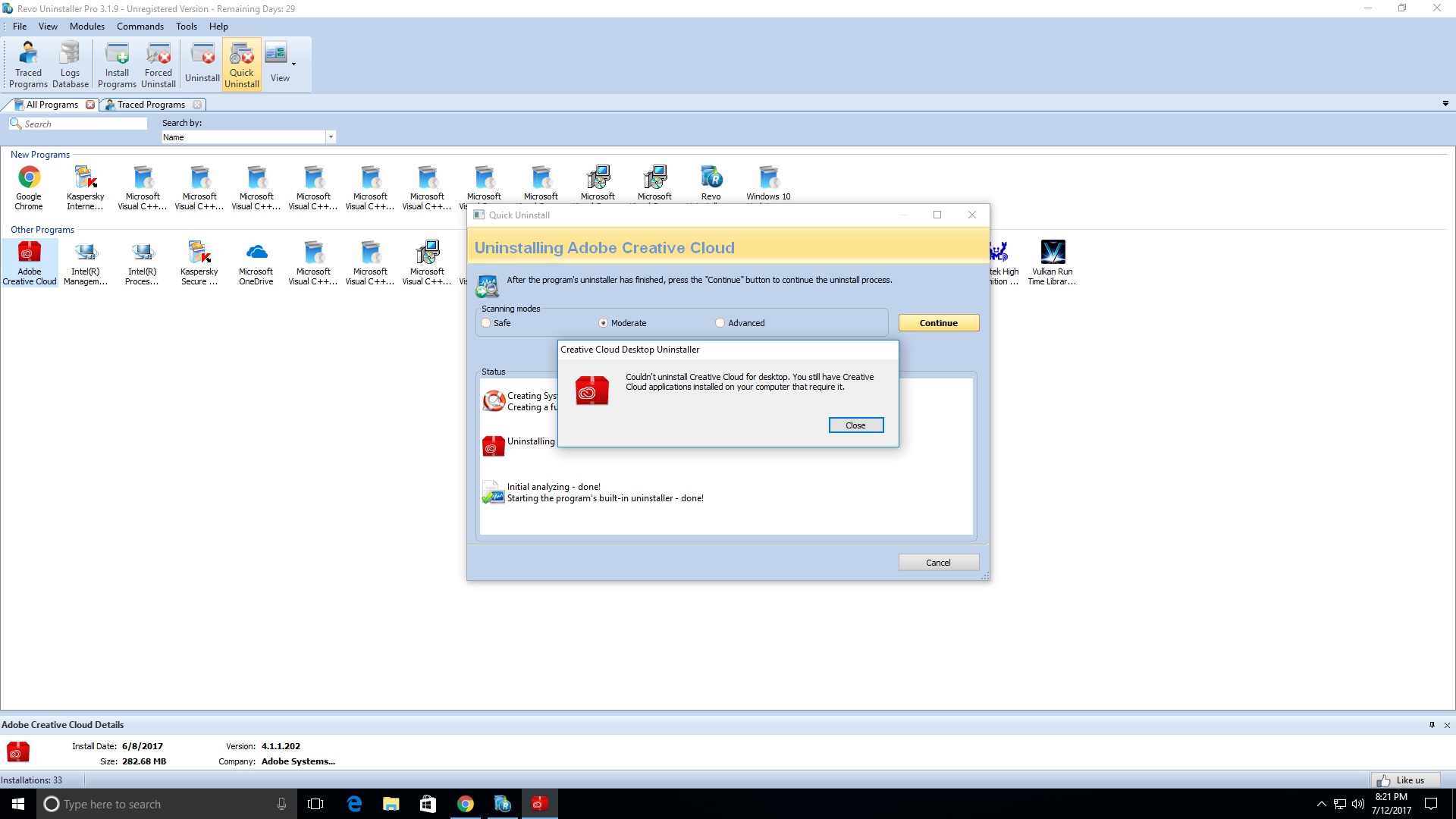

- #ADOBE PREMIERE PRO DECLICKER NEVER CLEANS UP ENTIRELY HOW TO#
- #ADOBE PREMIERE PRO DECLICKER NEVER CLEANS UP ENTIRELY UPDATE#
- #ADOBE PREMIERE PRO DECLICKER NEVER CLEANS UP ENTIRELY SOFTWARE#
- #ADOBE PREMIERE PRO DECLICKER NEVER CLEANS UP ENTIRELY FREE#
I used Audacity in the example below, since the video is an excerpt from our course, The Newbies Guide To Audio Recording Awesomeness 1: The Free Recording Studio. Examples in include Adobe Audition, Sound Forge, and even the free Audacity.
#ADOBE PREMIERE PRO DECLICKER NEVER CLEANS UP ENTIRELY SOFTWARE#

She had just been turned down for a job because, according to the client, there were too many saliva noises in her audio. Just this past week, I was helping a voice-over actor to improve the quality of her recordings.
#ADOBE PREMIERE PRO DECLICKER NEVER CLEANS UP ENTIRELY HOW TO#
With either method, a Muted Source Audio Clip will always be available on the lowest layer of the Audio Track, with the Processed Audio Clip on the layer above.These saliva "clicks" - along with "p-pops," (for how to remove those, see our article How to Fix a "P-Pop" in Your Audio With Sound Editing Software) are probably the two most common problems we experience when recording vocals. The Audio Clip will be automatically replaced on the Timeline with the user specified Processed Audio File. If you prefer to manually rename Audio Clips in the external application with specific indentifiers and unique naming convention, then use Resolve's “Replace Selected Clip” functionality in the Media Pool (available within the Clip's Contextual Menu).
#ADOBE PREMIERE PRO DECLICKER NEVER CLEANS UP ENTIRELY UPDATE#
Saving the Audio File in the external application with the identical naming convention as specified by Resolve, will force Resolve to automatically update the Audio Clip on the Timeline, when switching back to the Resolve Timeline from the external application. The newly rendered Audio Clip is then automatically opened in the external application (if the Command Line option has been specified). The newly rendered Audio Clip is placed on the top layer of the Audio Track. Prior to sending out to the external application, Resolve automatically renders out a new 32bit Broadcast Wave file at the Timeline's sample rate to the target directory with a pre-defined naming convention, and automatically mutes the Unprocessed Source Audio Clip (which is placed on the bottom layer on the Audio Track). Contextual menu.png (41.63 KiB) Viewed 2838 times


 0 kommentar(er)
0 kommentar(er)
